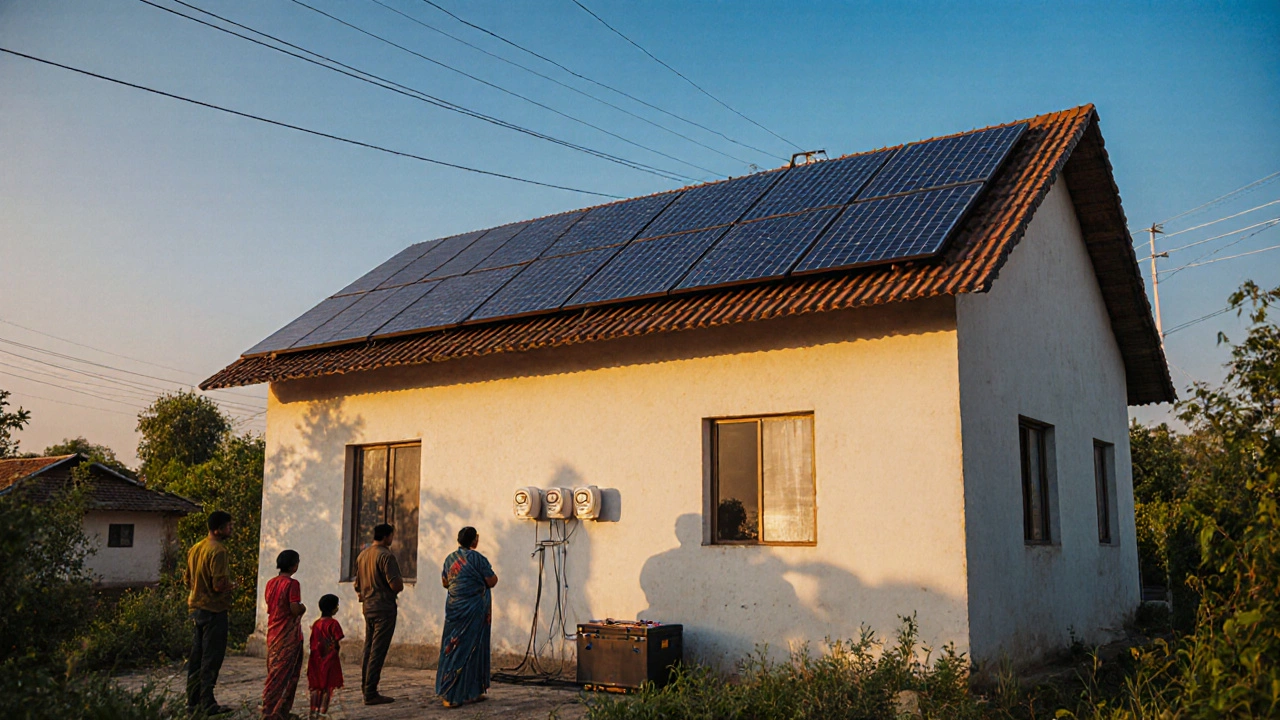Renewable vs Fossil Fuels: Clean Energy, Costs, and Real-World Impact
When we talk about renewable energy, energy derived from natural sources that replenish faster than they’re used, like sunlight, wind, and water. Also known as clean energy, it’s no longer a futuristic idea—it’s what’s powering homes, farms, and factories across India today. Meanwhile, fossil fuels, coal, oil, and gas formed over millions of years from ancient plants and animals. Also known as non-renewable energy, they still supply most of India’s electricity—but at a steep cost to health and the environment. The real question isn’t whether renewables work. It’s why we’re still clinging to the old system when the new one is cheaper, safer, and faster to build.
Take wind power, a renewable source that converts wind into electricity using turbines. Also known as onshore or offshore wind, it’s the cleanest form of energy based on emissions, land use, and lifespan—beating solar, nuclear, and hydropower in sustainability. India’s wind farms now generate more power than many entire countries. And solar energy, energy captured from sunlight using panels. Also known as photovoltaic power, it’s the fastest-growing energy source in 2025, adding more capacity than all other sources combined. Rooftop solar in rural villages, solar-powered irrigation, and utility-scale farms are cutting diesel use and lowering bills. Meanwhile, fossil fuels still cause air pollution that kills over a million Indians every year, drain public money on subsidies, and lock the country into volatile global markets.
It’s not just about the environment. It’s about jobs, stability, and control. Renewable projects create more local jobs per megawatt than coal plants. They don’t need constant fuel shipments. They don’t break down during heatwaves. And unlike fossil fuels, their fuel—sun and wind—is free. The biggest barrier isn’t technology. It’s inertia. Old power grids, outdated policies, and slow decision-making are holding us back. But the data doesn’t lie: clean energy is cheaper, safer, and smarter. You’ll find real stories below—how villages in Rajasthan went solar, how wind farms in Tamil Nadu cut diesel use, and why biotech is now helping replace fossil fuels in manufacturing. These aren’t future dreams. They’re happening now.




